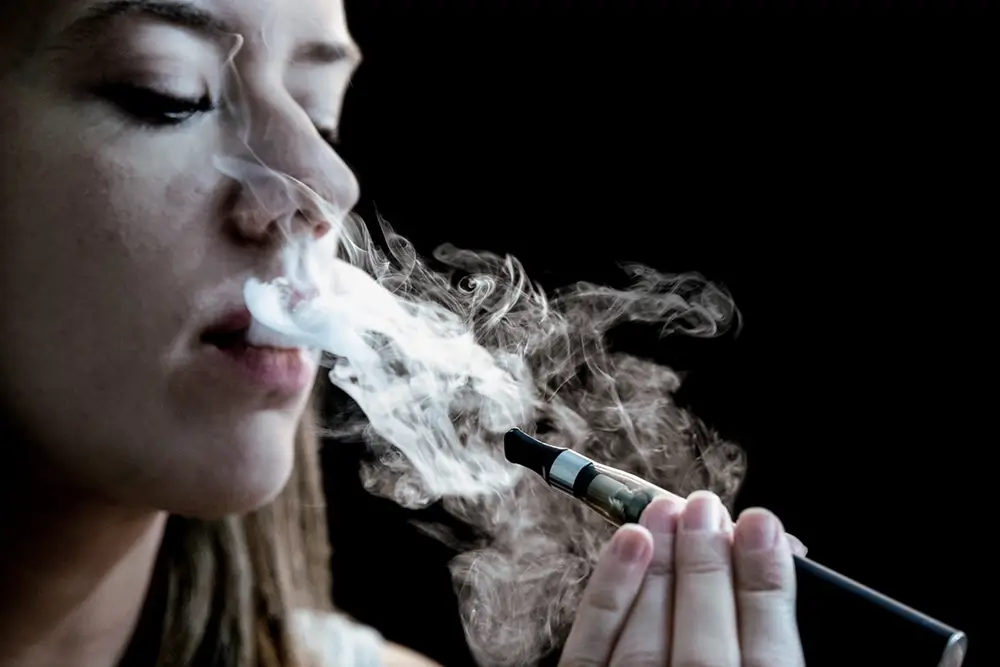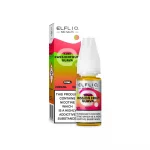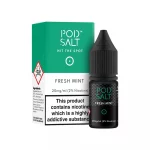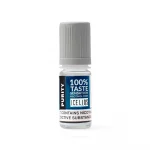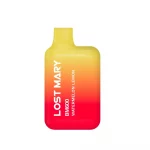In recent years, vape regulations have become increasingly complex and stringent, impacting both manufacturers and consumers alike. Understanding these regulations is crucial for anyone involved in the vaping industry. Here’s what you need to know to navigate vape regulations effectively:
1. Regional Variations: Vape regulations vary significantly from one region to another. Different countries, states, and even cities may have their own sets of rules governing the sale, marketing, and use of vaping products. It’s essential to stay informed about the specific regulations that apply to your location.
2. Age Restrictions: One common aspect of vape regulations is age restrictions. In many regions, the sale of vaping products is prohibited to individuals under a certain age, typically 18 or 21 years old. Strict age verification measures are often required for both online and in-store purchases.
3. Product Labeling and Packaging: Vape regulations often dictate specific requirements for product labeling and packaging. This may include warning labels about the potential health risks of vaping, ingredient lists, nicotine content disclosures, and child-resistant packaging to prevent accidental ingestion.
4. Marketing and Advertising Restrictions: Many jurisdictions impose strict limitations on the marketing and advertising of vaping products, particularly when it comes to targeting minors or making unsubstantiated health claims. Vape companies must adhere to these regulations to avoid fines and penalties.
5. Product Testing and Safety Standards: Regulatory agencies may require vape products to undergo rigorous testing to ensure their safety and quality. This may include testing for nicotine content, harmful contaminants, and compliance with manufacturing standards. Products that fail to meet these requirements may be subject to recalls or bans.
6. Bans on Flavored Products: In response to concerns about youth vaping, some regions have implemented bans on flavored vaping products, particularly those with sweet or fruity flavors that may appeal to young users. These bans aim to reduce youth initiation and addiction to nicotine.
7. Public Use Restrictions: Many places have implemented restrictions on where vaping is allowed in public spaces. This may include bans on vaping in indoor areas, outdoor parks, or near schools and playgrounds. It’s essential to respect these restrictions and vape only in designated areas.
8. Ongoing Legislative Changes: Vape regulations are continuously evolving as lawmakers and health authorities respond to emerging evidence and public health concerns. It’s crucial to stay updated on legislative changes and be prepared to adapt your practices accordingly.
Conclusion: Navigating vape regulations can be challenging, but it’s essential for ensuring compliance and promoting public health and safety. By staying informed about regional variations, age restrictions, product labeling, marketing limitations, safety standards, flavor bans, public use restrictions, and legislative changes, you can navigate the regulatory landscape effectively and responsibly participate in the vaping industry.

